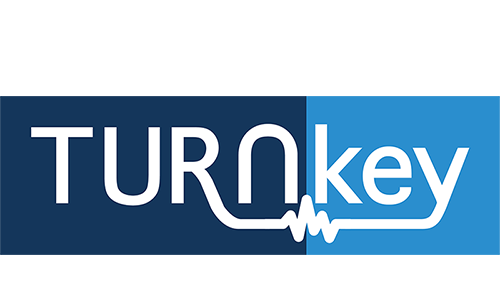WP4 – Physical and Systemic Vulnerability Estimation for Rapid Loss Prediction Updating
(Lead beneficiary: BRGM) (M4-M28)
Objectives
Work Package 4 (WP4) has the following objectives:
- To improve the modelling of the physical and systemic vulnerability of assets to seismic hazard.
- To develop simplified exposure and loss models for the rapid loss assessment of buildings and infrastructure systems.
- To integrate in-situ observations from monitoring of physical components (e.g. automated damage detection) and from the aggregation of accounts from citizens.
- To update initial loss projections from field observations as a rapid prediction tool.
- To provide efficient and simplified loss models for near-real-time decision making.
Description of the work
Work Package 4 (WP4) aims at developing a procedure for the rapid prediction of losses immediately following an earthquake, while accounting for field observations and structural monitoring to update the models, starting from the testbeds (TBs). This framework is based on two main components:
- Development of predictive models for the vulnerability and loss estimation of exposed assets. This work includes the physical vulnerability of single elements, as well as the systemic vulnerability and functionality loss of interconnected infrastructure, due to the importance of the latter when conducting rapid response operations. With this work we want to improve existing models with a focus on simplicity and applicability for various types of exposure data.
- Aggregation of in-situ-observations during (EEW) or immediately after (RRE) the earthquake. This action consists of: i) the development and testing of real-time damage tools with structure-mounted sensors, and ii) the collation of citizen accounts of damage and losses through online platforms and social media. These observations, each with differing levels of uncertainty, are used to better constrain the initial loss predictions. This will generate updated snapshots of the situation in a rapid response context.
- As the main product of WP4, an algorithm will be developed for the generation of updated damage and loss predictions. This will follow the same logic as ShakeMaps (WP3), but will also integrate extra layers representing built areas, including infrastructure systems, and affected populations. The simplified vulnerability and functionality models developed in WP4 will also be useful for running rapid and efficient decision expert systems in near-real-time (WP5).
- The project TBs will provide specific case studies, which will be relevant to at least one of the actions foreseen in WP4 (e.g., physical vulnerability of buildings, functional and systemic vulnerability of systems, monitoring of selected structures, population coverage). The vulnerability and functionality models will be combined with the ShakeMaps derived in WP3 in order to estimate damage and loss distributions. The Rapid Loss Earthquake Prediction (RELP) model will then feed WP5 as a support for decision-making. It will also be closely interconnected with WP6, since the developed algorithm will interact with the connected sensors and will be integrated into the cloud-based platform.
Tasks
Task 4.1: Development and Harmonization of seismic physical vulnerability and loss estimation models (Task lead: EUC) (M4 -M22)
Task 4.2: Development and Harmonization of seismic functional and systemic loss estimation models for infrastructure systems (Task lead: UCL) (M4-M22)
Task 4.3: Development and testing of real-time damage detection tools for physical components (Task lead: EUC) (M4-M26)
Task 4.4: Development of a crowd-sourcing/tasking framework for the real-time aggregation of in-situ citizen observations: (Task lead: EMSC) (M4-M28)
Task 4.5: Development of a procedure for Rapid Earthquake Loss Prediction – RELP (Task lead: BRGM) (M6-M28)
Deliverables
D4.1: Report on knowledge-based exposure modelling framework depending on the accuracy and completeness of available data (Lead Beneficiary: BUW) (M22)
D4.2: Report on recommendations on fragility functions for buildings and infrastructure components to be used in a rapid response context (Lead Beneficiary: EUC) (M22)
D4.3: Report on simplified models for the estimation of seismic functional and systemic losses (Lead Beneficiary: UCL) (M24)
D4.4: Report on testing of automated tools and algorithms for the real-time damage detection of physical components (Lead Beneficiary: EUC) (M26)
D4.5/D4.6: Crisis website and accompanying report on the aggregation of in-situ citizen observations (Lead Beneficiary: EMSC) (M28)
D4.7: Report on procedure for the characterization of the location of people after an earthquake (Lead Beneficiary: UNIBG) (M28)
D4.8/D4.9: Software and accompanying report on procedures for rapid mapping of earthquake losses (Lead Beneficiary: BRGM) (M28)

